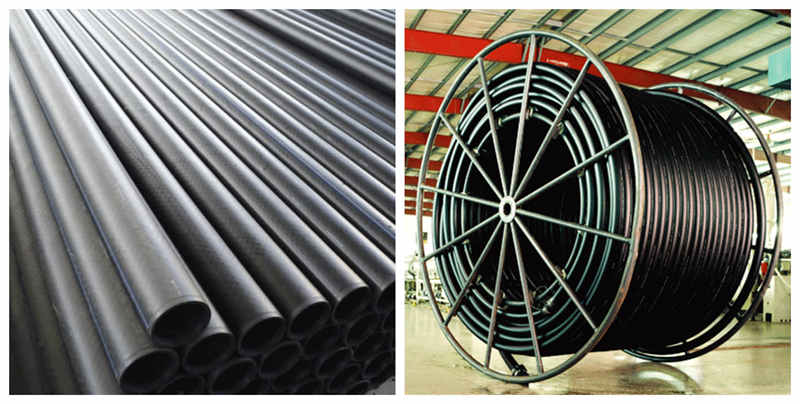| Products List | ||
| Online Service | ||
|
||
|
||
|
||
| Social Network Site | ||
| Requirements for steel-framed polyethylene pipes for their use environment |
|
1. The temperature of the conveying medium should be between 20°C and 60°C. Due to the limitation of the material, the temperature of the composite pipe is too high to melt, and too low to freeze and crack. The liquid temperature must be controlled to a certain extent. 2. The pipe should not be used as a standpipe or overhead, because the length of the steel mesh skeleton composite pipe is not tough enough, and it is easy to bend, so many fixed inspection points are used for the riser or overhead pipe, and the construction cost is relatively high. Prolonged exposure to sunlight can cause aging and is therefore not recommended. 3. The construction site of the steel mesh skeleton composite pipe requires loose soil quality, because in complex areas such as mountainous areas, there will be many sharp stones, which can easily pierce the composite pipe during work, so geological looseness is used. 4. It cannot be used in conjunction with indoor fire-fighting pipes. According to the national fire safety regulations, composite pipes are easy to bow|bow the pipes and burn in case of fire, so composite pipes are not used in indoor fire-fighting pipes.
The above four points are the requirements for the steel mesh skeleton composite pipe for its use environment. After reading it, we know that the soil must be loose first, and then it cannot be used with indoor fire pipes; the pipe cannot be used as a standpipe or overhead. And the temperature of the conveying medium should be within the specified range. Although the steel mesh skeleton composite pipe has strict environmental requirements, all of this is for better construction and better performance of the product. Therefore, we must strictly follow its environmental requirements.
|

